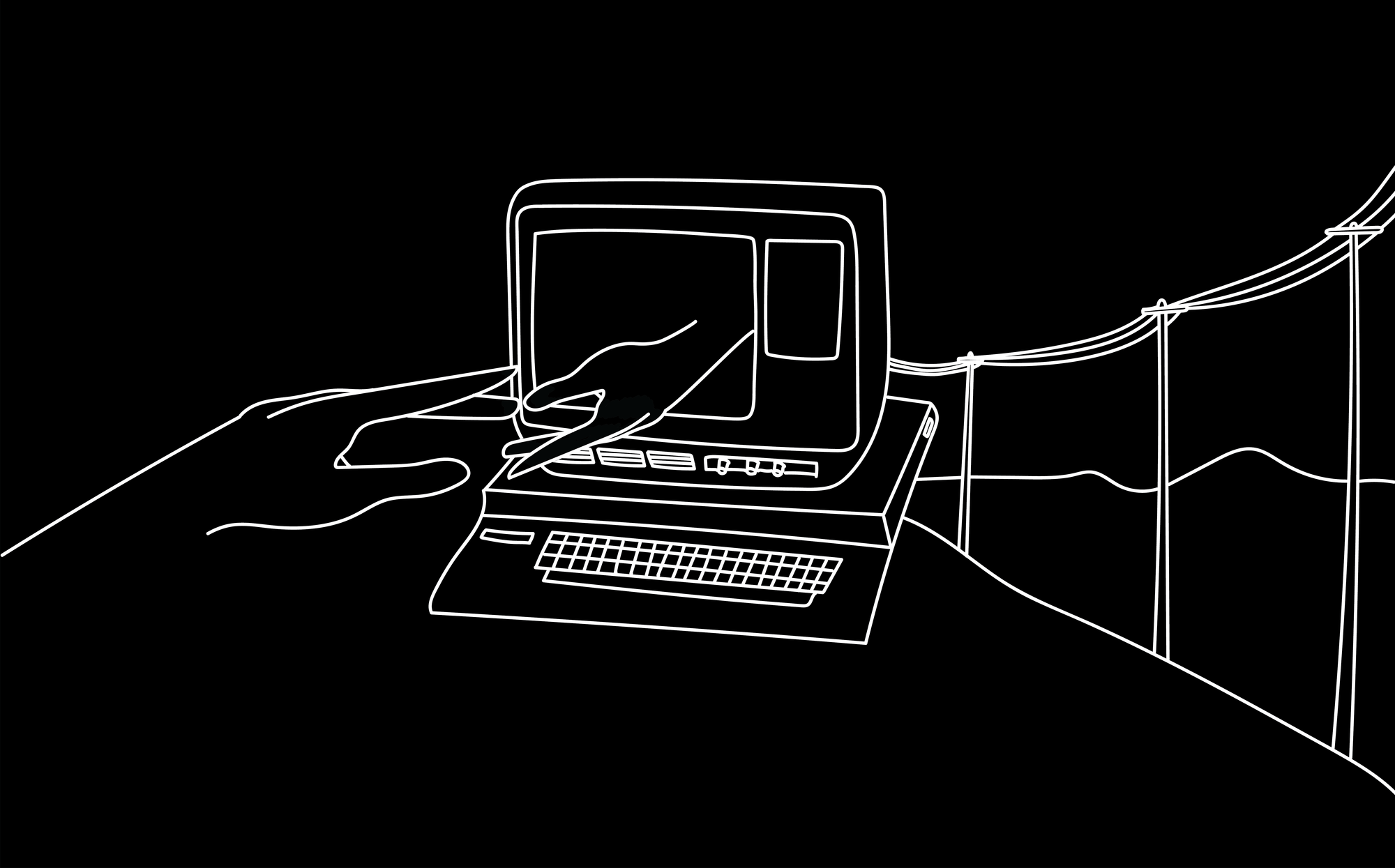
Open digital infrastructure forms the groundwork of the digital world.
At a time when personal and professional activity increasingly takes place digitally, the security, reliability, and trustworthiness of this infrastructure are of crucial importance. The internet, which runs on this infrastructure, has long provided the public space for the development of a digital society. It is therefore imperative that its foundations are maintained and developed in the public interest.
Although individuals, companies, and governments depend upon this foundation of free and public code (or free and open-source software, or FOSS), the way digital infrastructure is developed and maintained has not fundamentally changed since the early 1990s. The development and maintenance of digital infrastructure is still overwhelmingly the work of contributors whose lone efforts can suddenly become fundamental to the successful operation of hundreds of new projects.
In her 2016 report, Roads and Bridges: The Unseen Labor Behind Our Digital Infrastructure, Nadia Eghbal writes: “Digital infrastructure projects […] are conceived of and built from the bottom up. It is akin to a group of citizens getting together and deciding they want to build a bridge or create their own sewage system. There is no authoritative body whose formal permission is required to create new digital infrastructure.” (p.43) “Many useful projects will come from independent developers who suddenly find themselves at the helm of a successful project, facing critical decisions about its future.” (p. 52)
[...]
What qualifies as digital infrastructure is open to interpretation.
Definitions range from the formulation and implementation of information technology standards to the tools and services that enable developers to do their work. For us, neither definition by itself seemed promising. Standards laid down by organizations such as the Internet Engineering Task Force (IETF) do not always get accepted in the wilder space of open-source software development, where quasi-standards may rule over official ones. And to single out specific tools, frameworks and services seemed arbitrary: why would we assume that special rules apply to them that do not apply to other examples of free or open-source software?
Instead, we formed our own working definition to match our research question. Digital infrastructure provides services essential to the operation of digital activity. It is the result of processes that take place in different fields and are shaped by many different people in varying capacities. Like our research methodology, our definition of infrastructure puts the people that work on it at the center. We identified three core spheres of activity and the actors within them:
- Standard creators People and organizations who decide upon and write IT standards.
- Standard implementors People who implement these standards in their software and create digital tools and services around them.
- Service providers and maintainers People and organizations who run these tools and services, and can directly observe how these standards affect users.
If we want to assess how open digital infrastructure is best developed and how funders can support it better, we need to address these three groups equally, viewing them as an interconnected ecosystem.
From the vast number of existing infrastructure projects, we intentionally focused on developers with strong ties to infrastructure security or resilience. Though they make up a sizable community, they tend to set themselves apart from more public groups working on frameworks and languages. Even when their work is publicly known, they are therefore less visible, despite their work playing a vital role in making digital systems – the network of roads and highways – more secure. Since most of these projects value privacy and decentralization, they tend not to share their code on GitHub, but through other, decentralized channels such as GitLab, Bitbucket, and Sourceforge. Most research has focused on GitHub because its centralized structure enables researchers to query data on large numbers of projects. However, this has led to projects present on other channels not being represented in studies into open digital infrastructure.
Read more about the needs of FOSS communities working on digital infrastructure in the public interest here.
